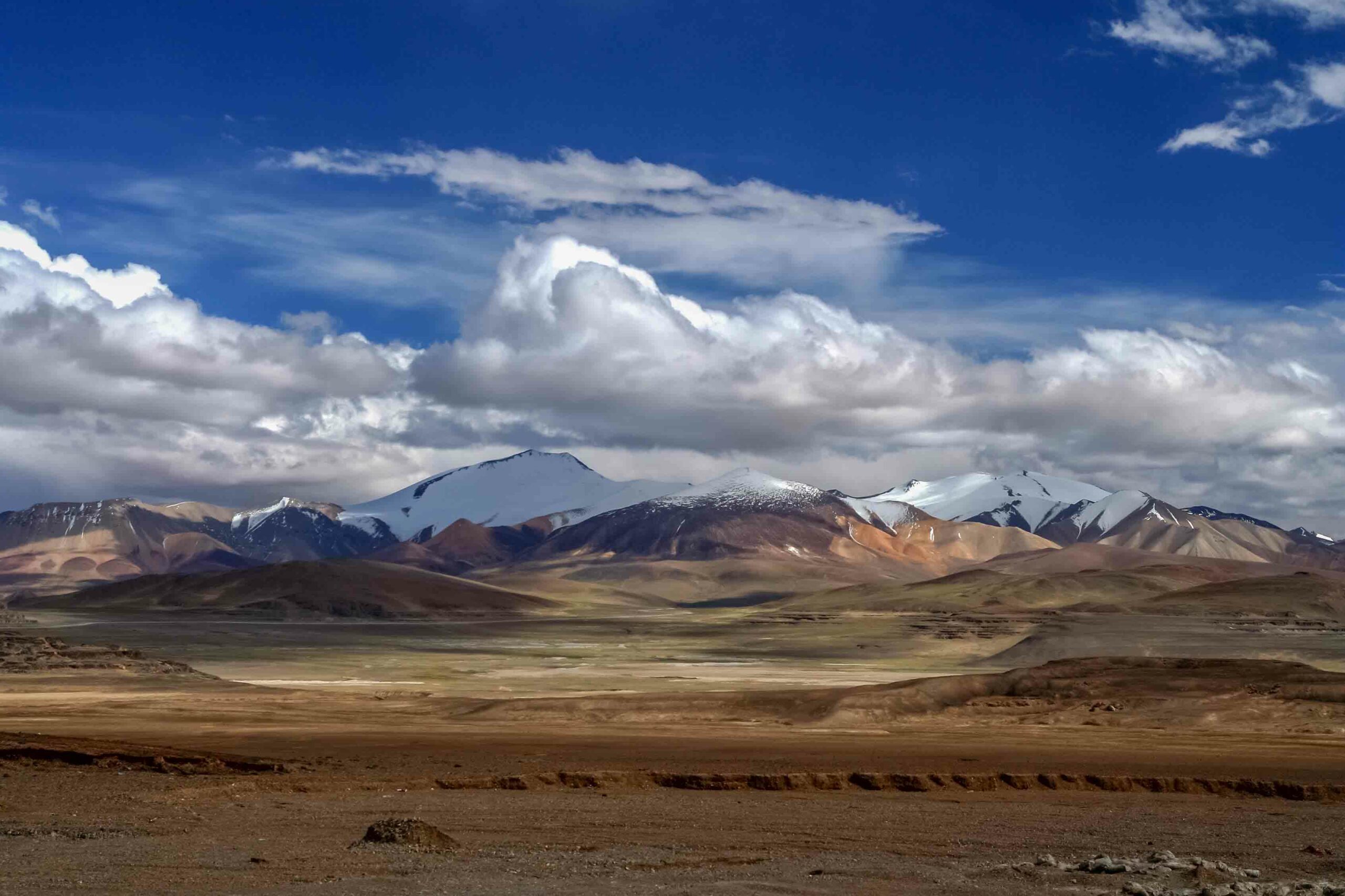
BOSTON, MASSACHUSETTS—According to a statement released by the Massachusetts Institute of Technology (MIT), an international team of researchers suggests that early humans living in East Africa may have cooked their food in hot springs. Team member Ainara Sistiaga of MIT and the University of Copenhagen was looking for traces of leaf waxes in 1.7 million-year-old sediments found near stone tools and animal bones at a site in Tanzania’s Olduvai Gorge in order to study the ancient climate when she found lipids similar to those produced by bacteria living in the very hot springs at Yellowstone National Park. Sistiaga said the tectonic activity in the Great Rift Valley could have brought boiling groundwater to the surface. And, she explained, if an animal fell into the water and cooked, the early humans may have eaten it, although Sistiaga noted that detecting direct evidence of such behavior will be difficult. The team members will look for evidence of hot springs at other early human archaeological sites. To read about hominin footprints discovered in Laetoli, Tanzania, go to "Proof in the Prints."










